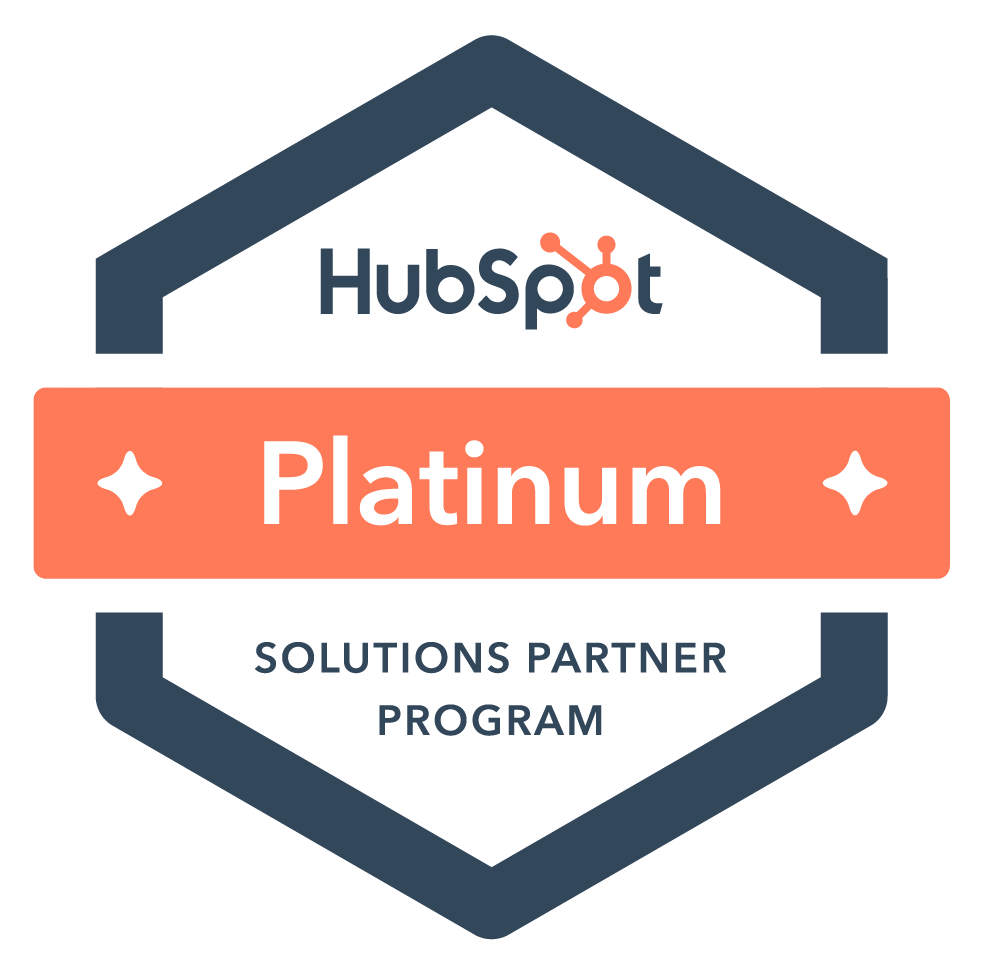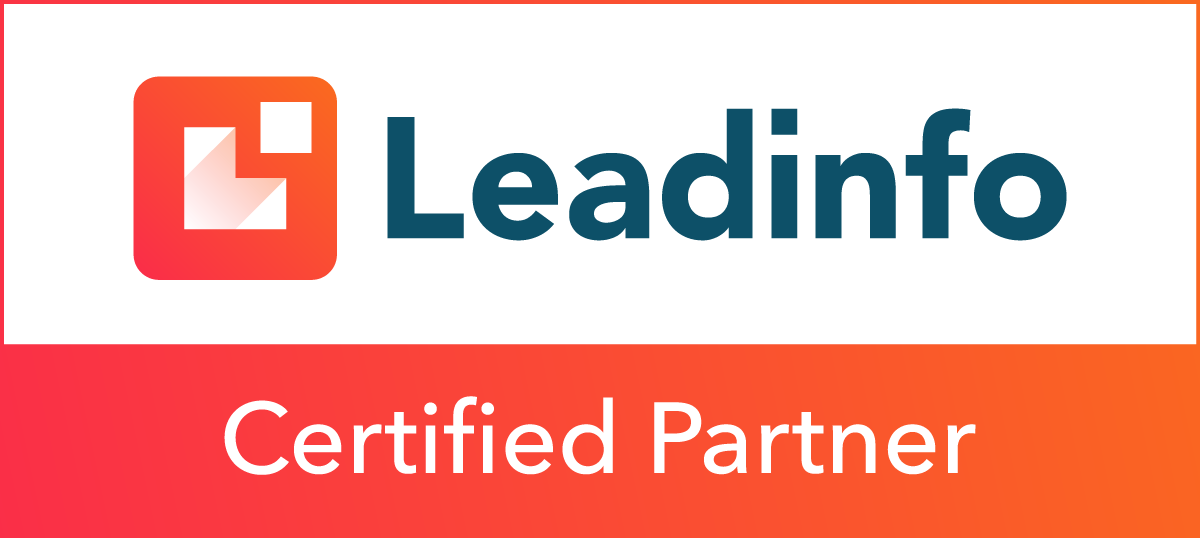
Blog
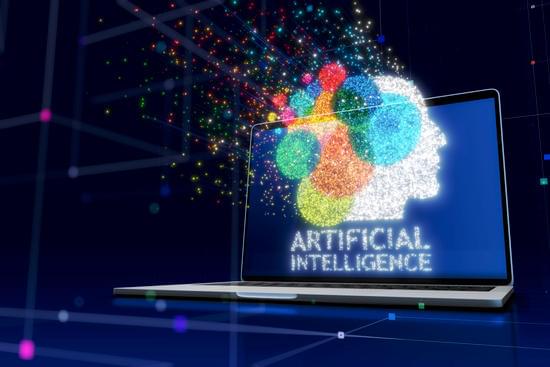
AI's Effect on Graphic Design
In less than four months the AI tool ChatGPT has made headlines and waves around the world as the quick-thinking – and at times controversial and clueless – chatbot has done a whole lot more than just function as a search engine on steroids.
Built on OpenAI’s line of generative pre-trained transformer (GPT) language models, ChatGPT can answer complex queries in conversational, human-like tones, and can compose lyrics and poetry, write and debug computer programs, draft emails, generate jokes, play trivia games, translate text into multiple languages, and that’s just scratching the surface as Search Engine Journal says the disruptive technology is “trained to learn what humans mean when they ask a question.”
And all this artificial intelligence (AI) talk has everyone from paralegals to graphic designers asking if the chatty chatbot is coming for their job soon.
“It has the potential to take over certain roles traditionally held by humans, such as copywriting, answering customer service inquiries, writing news reports, and creating legal documents. As AI continues to improve, more and more current jobs will be threatened by automation,” wrote Ajay Agrawal, Joshua Gans, and Avi Goldfarb in Harvard Business Review. “But AI presents opportunities as well and will create new jobs and different kinds of organizations. The question isn’t whether AI will be good enough to take on more cognitive tasks but rather how we’ll adapt.”
From Legal Rulings to Hollywood Commercials: AI Takes Off
The publication Semafor found that the revolutionary new tool had already been used in creative ways including:
- A judge in Columbia used ChatGPT to help decide on a legal ruling.
- A graduate student in Russia used the chatbot to write his thesis.
- Israel’s president Issac Herzog gave a speech at a major cybersecurity conference in Tel Aviv with a section on his country’s tech advancements written by ChatGPT.
- A member of Australia’s parliament warned about the dangers of using AI in a speech … written by ChatGPT.
- Cyber criminals were attempting to use the chatbot to develop coding skills to create malware.
- Hollywood actor Ryan Reynolds shot a commercial for the company he is part-owner of, Mint Mobile, with a script written by ChatGPT.
“It's also sparked an ongoing debate about the ethics of using artificial intelligence to produce content otherwise made by humans,” warned the publication. “Many schools in the U.S. have banned it from classrooms as teachers have criticized it for encouraging students to plagiarize.”
AI to Disrupt Multiple Industries Including Graphic Design
Publications such as Forbes and Business Insider have taken a deep dive into emerging AI technology and say that it will replace some roles and disrupt multiple industries.
“Enjoying the detailed responses and helpful content from ChatGPT may seem relatively harmless, but it’s worth thinking about how AI is causing many industries to evolve,” asked Forbes.
Industries impacted by the new chatbot, according to Forbes, include:
- Search engines
- Education system
- Graphic design
- Research
While it might be surprising to some to see graphic design on this list – after all it is a medium that does not necessarily deal in words – but graphic design also made Business Insider’s list of 10 roles that AI is most likely to replace, which included:
- Tech jobs: Coders, computer programmers, software engineers, data analysts.
- Media jobs: Advertising, content creation, technical writing, journalism.
- Legal industry: Paralegals, legal assistants.
- Market research analysts
- Teachers
- Finance jobs: Financial analysts, and personal financial advisors.
- Traders
- Accountants
- Customer service agents
- Graphic designers
The reality is that graphic designers have been working with AI tools such as Adobe After Effects and Photoshop for years to craft their products, but OpenAI threw open the floodgates when it releases DALL-E 2 (a sister product of ChatGPT which generates images from prompts) to its beta phase on July 20, 2022, with invitations sent to 1 million would-be users on a waitlist.
Well, Hello DALL-E! The Future of AI Graphic Design
While ChatGPT was garnering so much publicity, Dall-E 2 was generating buzz in the graphic design world.
“ChatGPT is not the only AI tool that seems to do certain creative tasks better and faster than humans. DALL-E, also from OpenAI, provides images. Ask for an image of a cat playing on a cell phone in an airplane, and DALL-E will provide one in seconds,” wrote the Harvard Business Review trio. “Graphic design becomes possible at scale. High school presentations become rich with images. Again, the particular system solutions that will be unlocked aren’t clear, but upskilling millions of people in their ability to create and manipulate images will have a profound impact on the economy.”
Canadian branding company Paper Crane says that some think AI will have a big impact on the future of graphic design, including the following applications:
- It will be used to create content, allowing graphic designers to focus on creating engaging experiences as the AI quickly and efficiently generates content.
- It will be used to create new designs, not replacing graphic designers completely but taking over some of the mundane tasks of layout and typography.
- IT will be used to make design faster without sacrificing quality or creativity and improving the output by bringing in more human elements into the process.
Paper Crane advises that if you are worried about your job, then the best course of action is to start learning new skills.
“You may not be able to code, but there are other ways to learn the basics (or even more advanced concepts) of programming languages like Python or Ruby. If coding isn't for you, there are plenty of other avenues for developing expertise in this area,” said the Paper Crane blog post. “You can also work on your creativity by using AI tools like Adobe After Effects and Photoshop; many designers have been using these programs for years without any real knowledge of how they work! If you're worried about getting left behind by technology, don't be—just keep practicing and stay on top of things!”
Some say that AI will only take your graphic designer job if you do not evolve along with the technology to take advantage of its benefits.
The Graphic Designers of Tomorrow Must Embrace AI
“While AI will replace designers, it will replace the designers of today, not the designers of tomorrow. AI will become a design partner and tool that designers can use to meet ever-evolving workplace demands,” Jasmine Oh writes in Medium.
Oh says that while AI has limitations such as understanding nuances and facilitating filter biases, it can do some things quite well including dynamic presentation and creating and handling multiple variations.
“In the future … designers will become behavior or system designers. When the production side of design will be more or less automated by AI, it will be our goal to set parameters and goals for algorithms to determine the behavior of systems,” says Oh.
She says the three things that graphic designers can do to harness the power of AI includes:
- Understand existing tools and capabilities, researching the likes of IBM Watson Products, Google Cloud AI Products, Microsoft Cognitive Services, and Amazon Intelligence API.
- Weave ethics into the process and create ethical principles for this emerging field.
- Adaptability as a key design concept, not only thinking about how products will be experienced in a particular setting, but also how products dynamically adapt depending on the changing context and varying user decisions.
“To circle back to my original question of “Will AI replace designers?” Yes, it will replace designers we know now. There’s no way around technological evolution, even for creatives,” concluded Oh. “But there’s an undeniable fact that humans are a species designed to evolve. As AI continues to change and affect the way we design, our roles will [evolve too]. Now, it’s a matter of viewing AI less as a threat and embracing it more as a partner that helps extend our ability to tackle problems.”
Subscribe to email updates
Recent posts

Related Articles
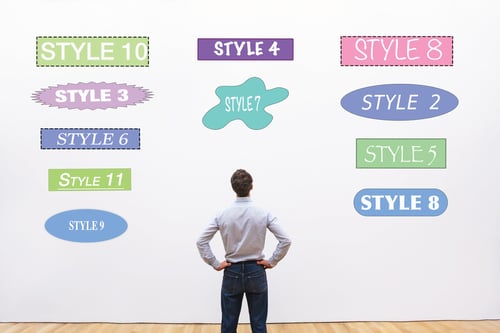
Topics
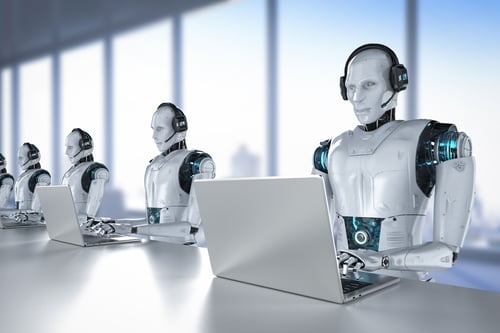
Topics
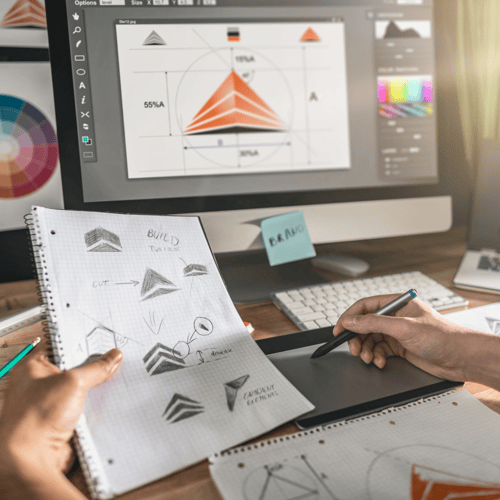
Topics



